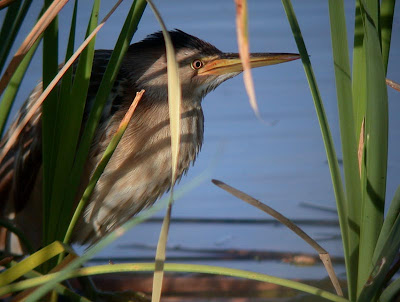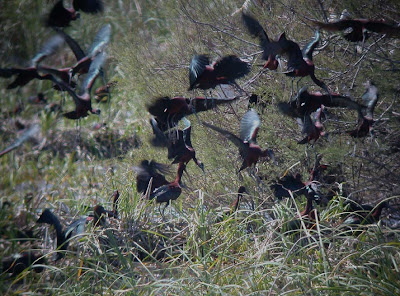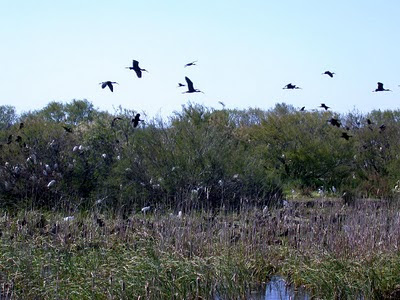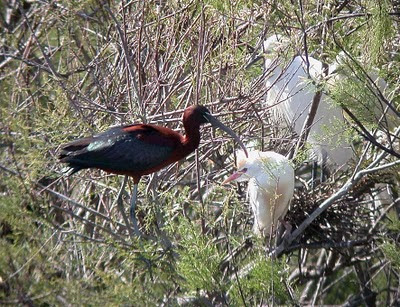Two friends of mine observed
this Buzzard (link) (Note: The very last photo shows a different bird, which was with the bird in question (couple ?) - in the plains of inland Southern Portugal a few days ago. It shows characteristics of or "Steppe Buzzard" (Buteo b. vulpinus) or Long-legged Buzzard (B. rufinus) of the North African subspecies "cirtensis". This can be very difficult and following Dick Forsman here
http://www.ornithomedia.com/pratique/identif/ident_art66_2.htmand considering the wide range of characteristics in Common Buzzard (B.buteo), which can be "red-tailed" for example, it's almost impossible to "call" some types of vagrant "vulpinus" Buzzards.
I think that the wing shape (long and narrow, with s-shape trailing edge) and the dark carpal-patch are pointing towards "cirtensis" in this case, and Gensboel (plate on page 315) shows a dark-rufous morph of Long-legged Buzzard (juvenile plumage) with a dark sub-terminal band (which usually excludes Long-legged on rufous or pale morphs, and dark morph is said not to occur on Long legged "cirtensis"). But the distinctive dark terminal band along the remiges and different generations of remiges exclude this plumage - does a subterminal band in the tail ever occur on dark-rufous morph adult (or subadult) "cirtensis" Long-legged Buzzards ?
The distinctive dark-brown carpal-patches (contrasting to reddish brown remaining underwing coverts) and the white basis of the primaries on the bird in question are remarkable, and so are the very pale scapulars (no idea what the latter might indicate...). The relatively dark head on the other hand, is not so "good" for "cirtensis" ...
Any opinions ? Here the link from Forsman on the ID of Steppe Buzzard again:
http://www.ornithomedia.com/pratique/identif/ident_art66_2.htm as well as the this one about Long-legged Buzzard "cirtenesis" even said to have nested in Southern Spain
http://andalucianguides.blogspot.com/2009/08/atlas-long-legged-buzzards-ruppells.htmland this one about a sighting in Southern Spain by Dick Forsman
http://www.rarebirdspain.net/arbsi005.htm and here is one more, Andrea Corso on "cirtensis":
http://www.rarebirdspain.net/arbsi033.htmI have seen Buzzards of this type(s) several times in Southern Portugal (Monchique mountains, Alentejo plains, Tagus-Estuary) and Southern Spain (Doñana, Badajoz-area) already - the ones in Spain almost certainly Long-legged Buzzards, but never had "the guts" to call these birds, because they had a subterminal band in tail in some cases, and particularly not after having dad a look into literature - even if they gave an impression almost like a juvenile Bonelli's Eagle in the first moment in the field...
I would like to see more photos of birds claimed also here in Portugal over the past years and a discussion about it to a larger extend or perhaps a summery report. Same is true for Rueppell's Vulture, now also seen regularly around Portugal's South-western cape (Sagres-area).
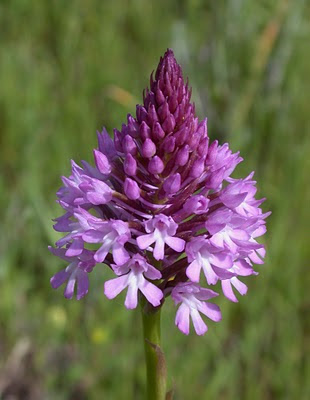
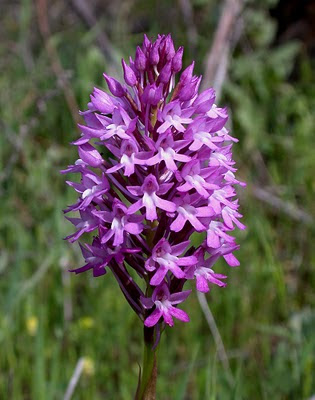

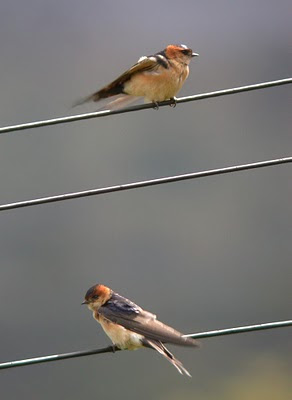

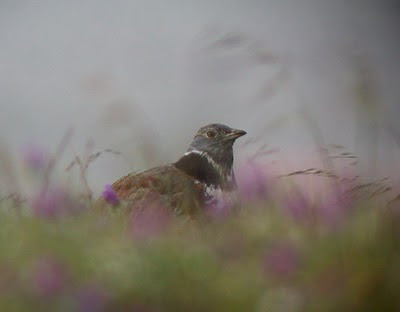
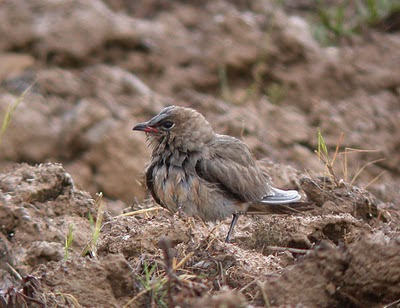
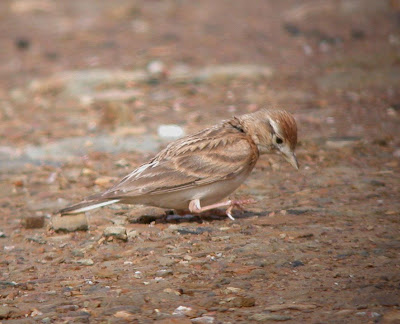
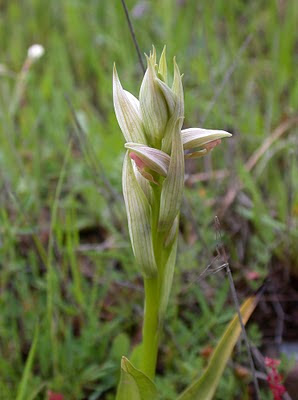
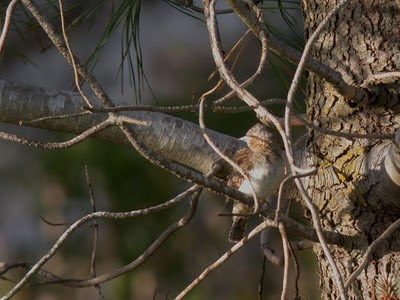.jpg)
